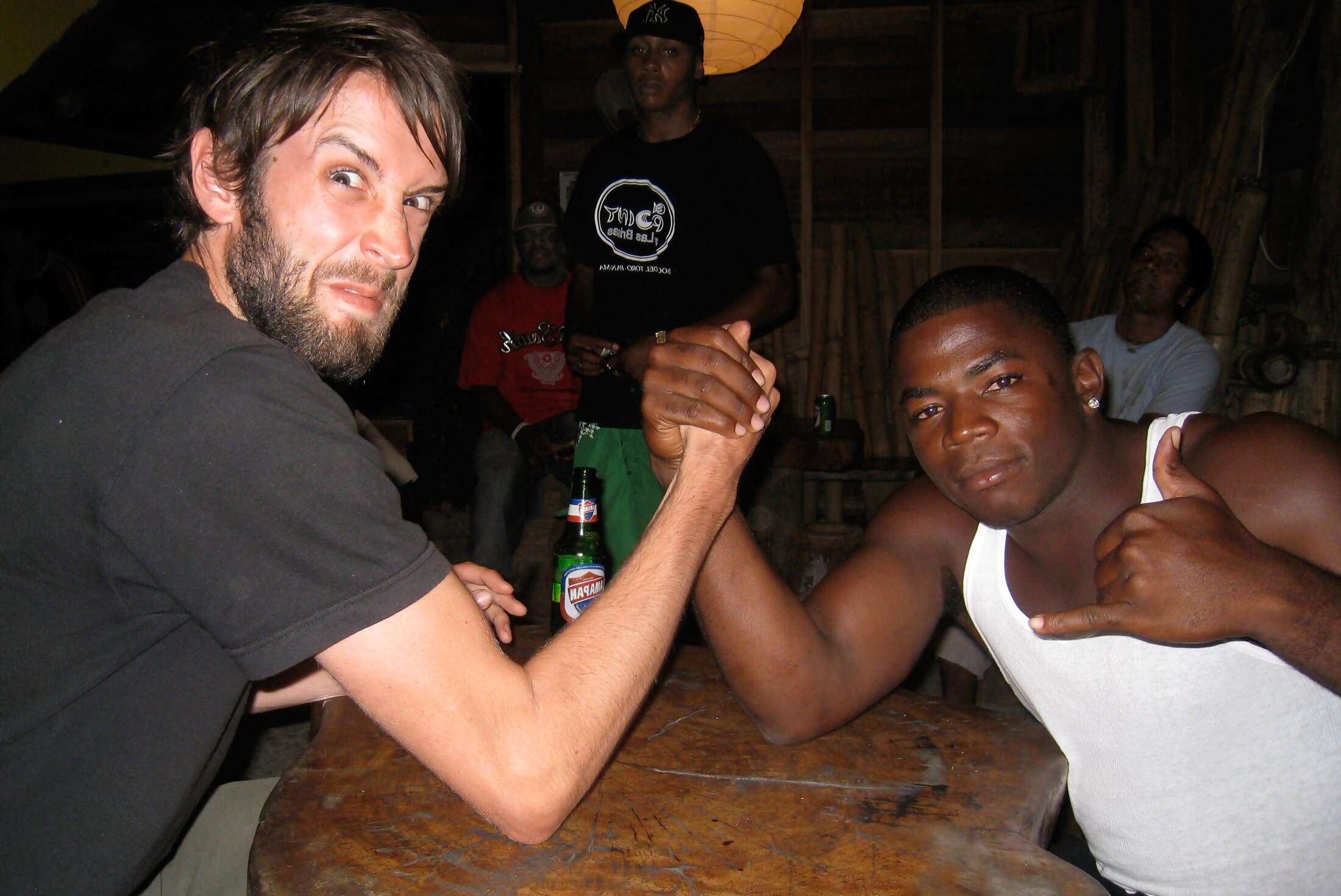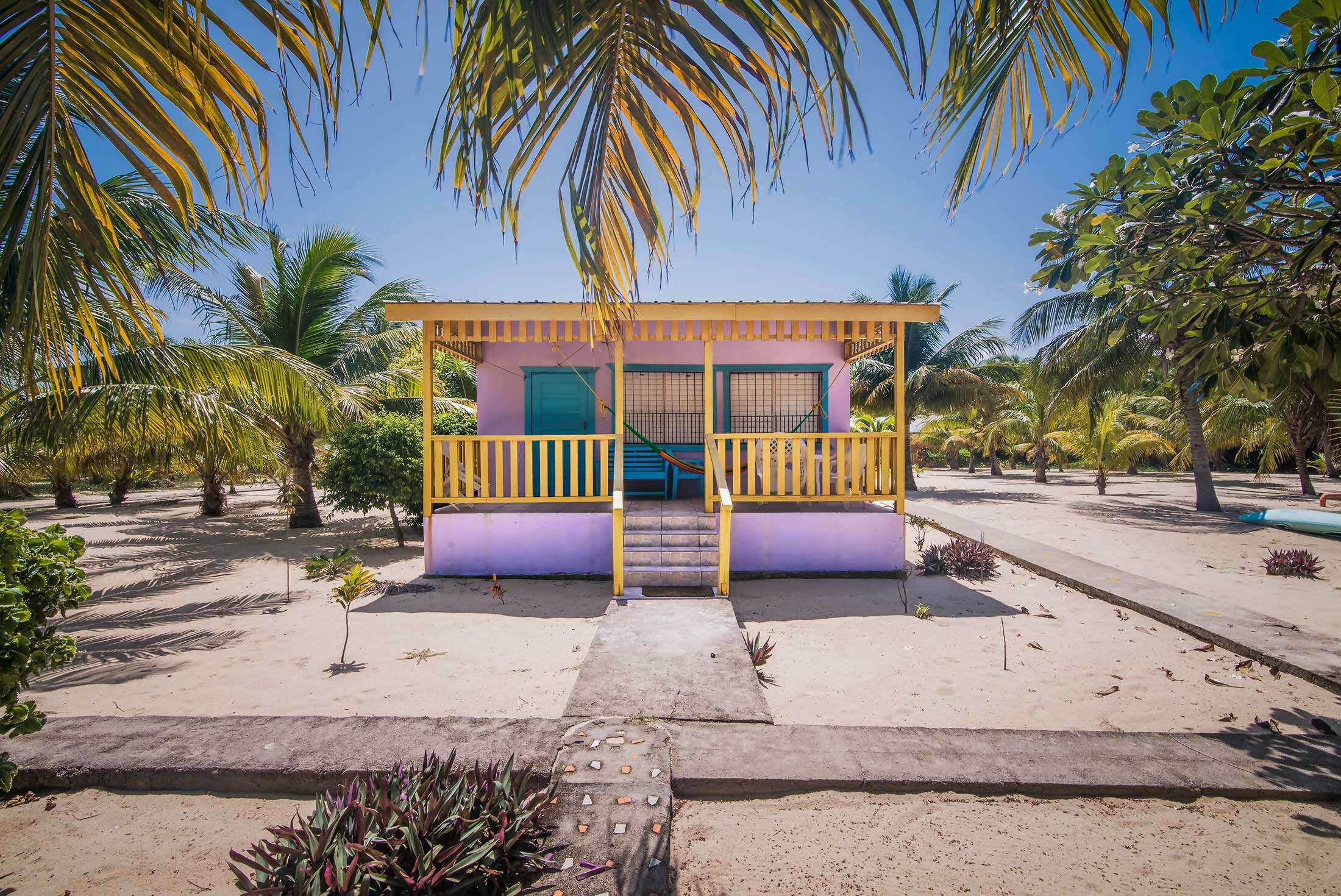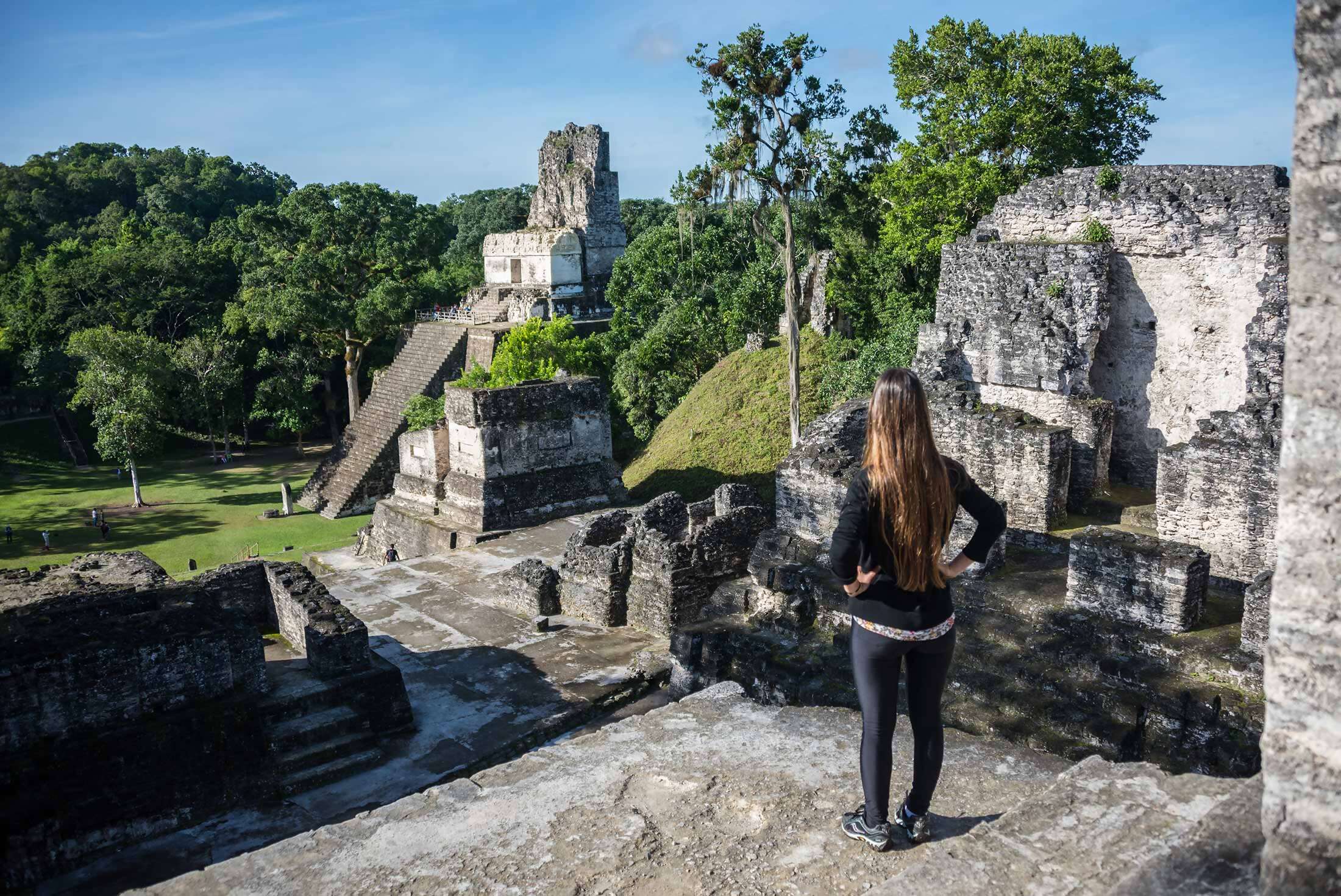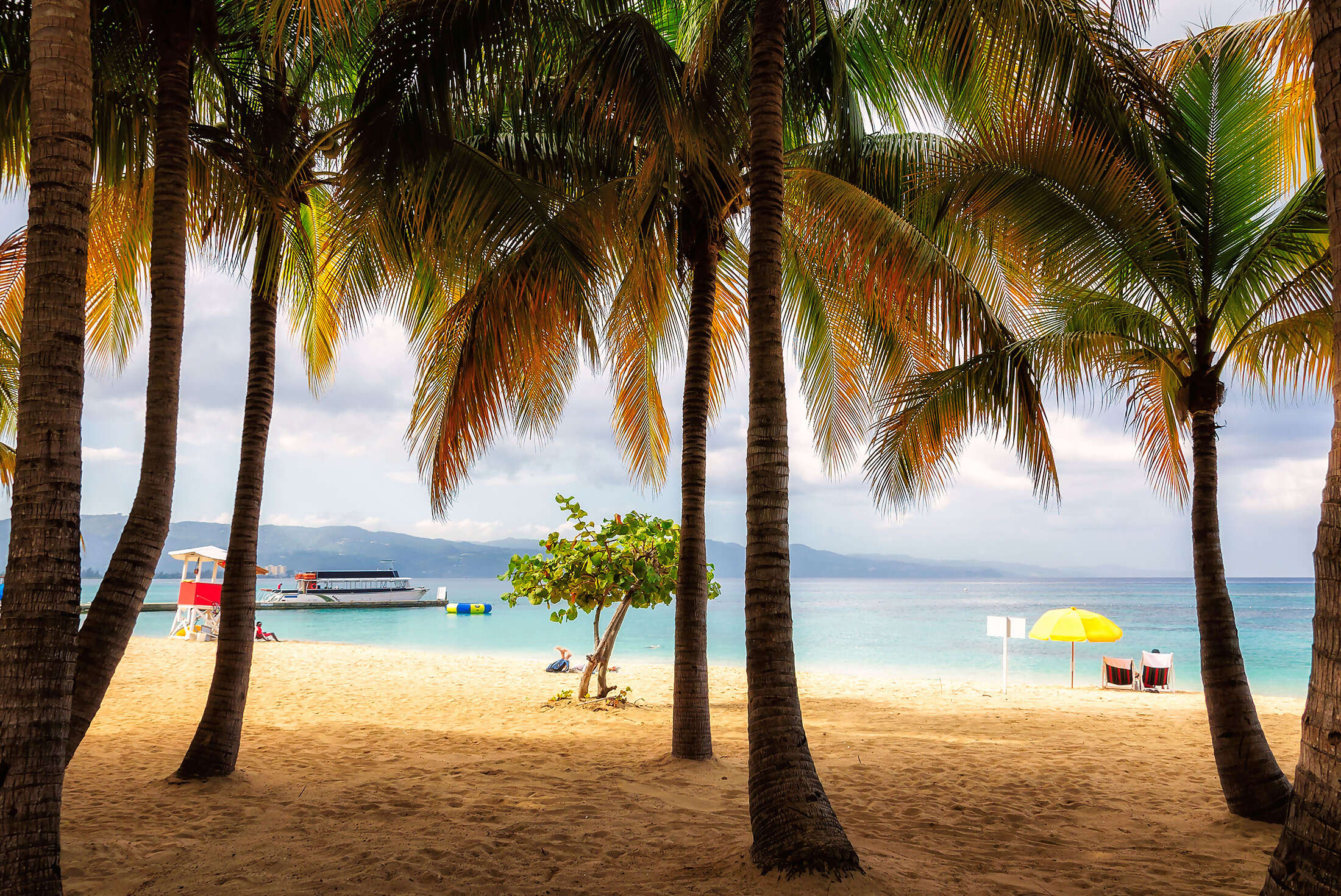 Ohhh this is the big one. A 46-day adventure enjoying everything Central America has to offer, from Mexico through to Costa Rica with all the places in between. You better Belize it. Whether you're hitting the waves in El Salvador or washing down your tacos with mezcal in Mexico, there's no shortage of life-changing experiences and yes, tacos are life-changing.
Ohhh this is the big one. A 46-day adventure enjoying everything Central America has to offer, from Mexico through to Costa Rica with all the places in between. You better Belize it. Whether you're hitting the waves in El Salvador or washing down your tacos with mezcal in Mexico, there's no shortage of life-changing experiences and yes, tacos are life-changing.Highlights
Oh Mayan, Central America, what a land. A palace of mysterious ruins, active volcanoes, idyllic beaches and emerald jungles. Get a taste of seven different countries on an epic Latin adventure that takes in the sights and offers a whole heap of optional activities too.
Eat your way through arty Oaxaca. Mole, mezcal and chocolate for dinner? Delicioso!
Chichen Itza is one the New Seven Wonders of the World and it's not hard to see why – strolling around these ancient Mayan ruins feels pretty amazing.
There's nothing quite like staying with a local family to really experience a place. You'll be feasting at breakfast and dinner, and improving your Spanish with the locals in San Jorge La Laguna in no time.
There are loads of sides to Central America and you’ll get a taste of so many - slumbering on the sands of Playa del Carmen, gazing at the pyramids of Tikal or haggling in the markets of Chichicastenango.
Travel to El Salvador and back in time in the colonial town of Suchitoto. Then summon your best beach bum/inner surfie with the beautiful black-sand beaches and surf of El Cuco and El Tunco.




- You will visit the following places:
-

Mexico City
Mexico City is the densely populated, high-altitude capital of Mexico. It is a fascinating capital that beguiles its visitors with endless options. One of the largest metropolitan areas in the world, with 16 boroughs and more than 300 neighborhoods, it might seem a bit overwhelming to the first-time visitor, though it doesn’t have to be. A stroll through the buzzing downtown area reveals the capital’s storied history, from its pre-Hispanic underpinnings and colonial-era splendor to its contemporary edge. The Zócalo is just one block southwest of the Templo Mayor which, according to Aztec legend and mythology, was considered the center of the universe and is the ideal spot to begin your sightseeing in Mexico City.
-

Playa del Carmen
Playa del Carmen is a coastal resort town in Mexico, along the Yucatán Peninsula's Riviera Maya strip of Caribbean shoreline. It is a popular tourist area in eastern Mexico. Playa del Carmen boasts a wide array of tourist activities due to its geographical location in the Riviera Maya. It has also been the destination of PGA Tour golf tournaments and the set location for various television shows. Playa is a stop for several cruise ships which dock at the nearby Calica quarry docks, about six miles south of the city. The Xcaret Eco Park, a Mexican-themed "eco-archaeological park", is a popular tourist destination located just south of the town in Xcaret (pronounced "shkar-et").
-

Tulum
Tulum (sometimes Tulum Pueblo) is the largest community in the municipality of Tulum, Quintana Roo, Mexico. It is located on the Caribbean coast of the state, near the site of the archaeological ruins of Tulum. As recently as the early 1990s Tulum Pueblo was a quiet village 2 km (1.5 mi) from the archaeological site, and tourism outside of the ruins was limited to a few small shops and simple cabanas on the beach. With the increase in tourism, vacation rentals, small hotels and hostels, as well as restaurants and bars populate the town. Grocery stores, boutiques, bicycle rentals, gyms, tour operators, banks, ATMs, internet cafes, and various other commercial stores are available in Tulum Pueblo.
-

León
-

Grenada
Grenada is an island country consisting of Grenada itself and six smaller islands at the southern end of the Grenadines in the southeastern Caribbean Sea. The islands are of volcanic origin with extremely rich soil. Grenada's interior is very mountainous with Mount St. Catherine being the highest at 840 m (2,760 ft). Several small rivers with beautiful waterfalls flow into the sea from these mountains. It is also known as "Island of Spice" because of the production of nutmeg and mace crops of which it is one of the world's largest exporters.
-

La Fortuna Arenal Airport
-

San José
San José is the capital and largest city of Costa Rica. Located in the Central Valley, San José is ringed by lush green mountains and valleys. The city is distinguished by its Spanish colonial architecture, such as the ornate neoclassical National Theatre of Costa Rica, at downtown’s Plaza de la Cultura. Founded in 1738 by order of Cabildo de León, San José is one of the youngest capital cities in Latin America by year of conception, though it was not named capital until 1823. Today it is a modern city with bustling commerce, brisk expressions of art and architecture, and spurred by the country's improved tourism industry, it is a significant destination and stopover for foreign visitors.